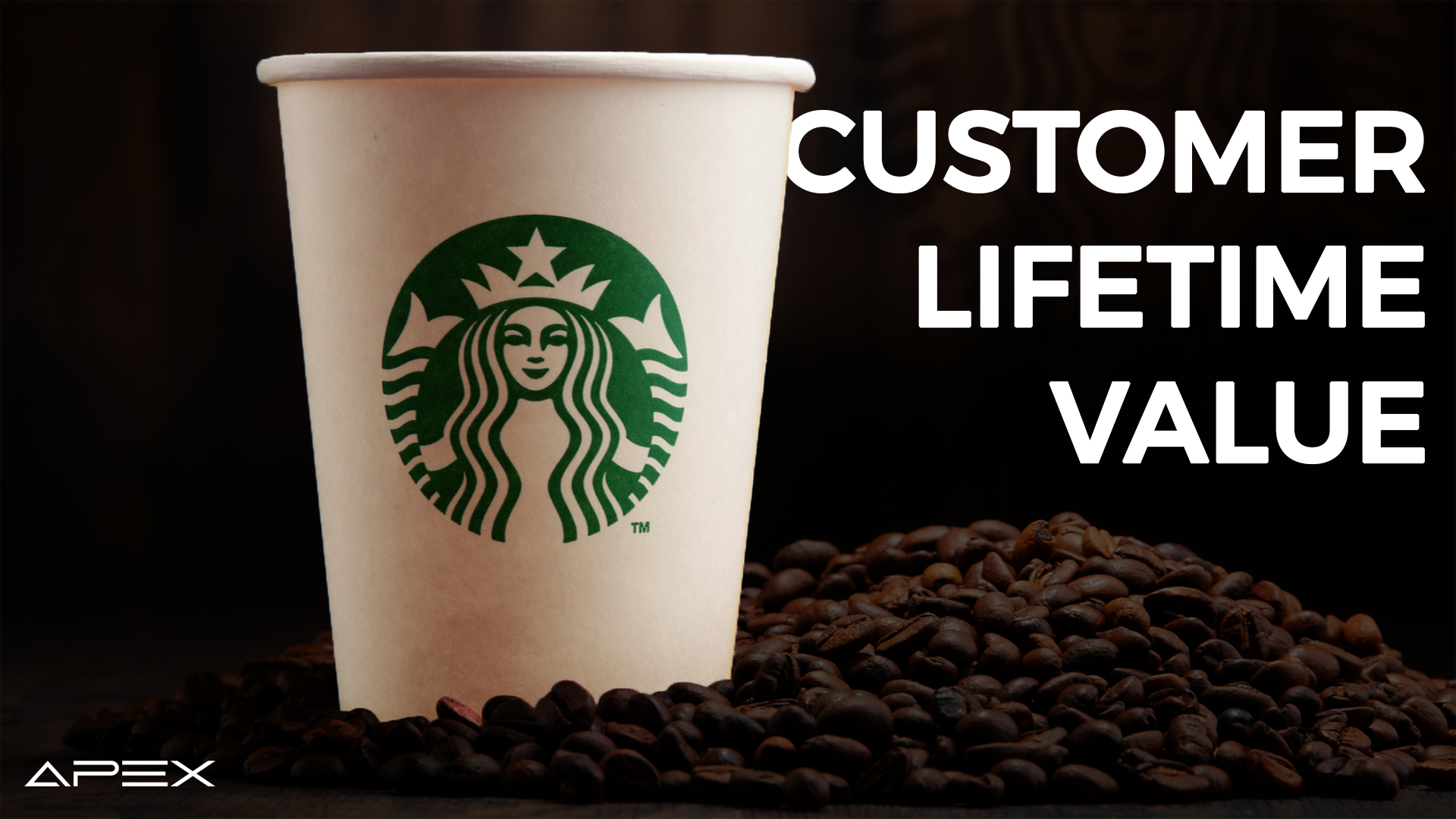Many believe sales and profit are key metrics to focus on when running a successful business.
This might surprise you, but most of your customers make up only a tiny percentage of your company’s profit. That majority is also more likely to purchase elsewhere if something better or less expensive comes along. That being said, building your marketing strategy to attract more of these "bad" customers doesn't make any sense - a trap especially startups fall into just to hit their sales quota.
While customers with a high attrition rate may not seem like a significant source of profit in the short term, it's important to remember that the real value lies in identifying and focusing on your most valuable customers. By doing so, you can ensure that the cost of retaining them is a worthwhile investment.
While marketing and sales are essential, the real drivers behind long-term profitability are Lifetime Value (LTV) and Customer Acquisition Cost (CAC).
Most of Your Customers Aren't That Valuable
The Pareto Principle (the 80-20 rule) states that roughly 80% of the effects come from 20% of the causes. When applied to your business, more particularly your customers, the rule of thumb is that 80% of your sales come from 20% of your customers.
In other words, your “Champions” are worth much more than your "Meh" customers...
Understanding Lifetime Value (LTV)
What is LTV?
Lifetime Value (LTV) is the total revenue you can expect from a customer throughout their entire relationship with your business. It's not just about the sales volume but also about understanding the cost of delivering your services.

Why LTV Matters
LTV helps you understand the long-term value of your customers. A higher LTV means you can afford to spend more on acquiring new customers, which is crucial in a competitive market.
Calculating LTV
Many businesses make mistakes in calculating LTV by only considering the revenue. You need to deduct delivery costs from your revenue to get a true picture. Here’s a step-by-step method:
- Calculate the Gross Revenue: Total revenue generated by a customer.
- Subtract Delivery Costs: Include payroll, ad spend, equipment costs, and any other related expenses.
- Determine Lifetime Gross Profit: The remaining value after subtracting delivery costs from gross revenue.
Example Calculation
Let's say your agency had a revenue of €8 million from 150 customers last year. The basic LTV calculation would be:
LTV = Total Revenue / Number of Customers = 8,000,000 / 150 = 53,333
However, this doesn't account for delivery costs. If your delivery cost is €2.5 million, your adjusted LTV calculation would be:
LTV = 8,000,000 − 2,500,000 / 150 = 36,667
This provides a more accurate picture of each customer's actual value.
Optimal Value Ranges for LTV
- Minimum LTV: Your LTV should be at least three times your CAC to ensure profitability.
- Ideal LTV: Aim for an LTV that is four to five times your CAC. This range indicates a healthy balance between customer value and acquisition costs.
Customer Acquisition Cost (CAC)
What is CAC?
Customer Acquisition Cost (CAC) is the total cost of acquiring a new customer. This includes marketing expenses, sales team salaries, and other related costs.
Why CAC Matters
Understanding your CAC helps you evaluate the efficiency of your marketing and sales strategies. Your business will likely be profitable if your CAC is lower than your LTV.
Calculating CAC
CAC = Total Sales and Marketing Expenses / Number of New Customers Acquired
Optimal Value Ranges for CAC
- Minimum CAC: Your CAC should be less than one-third of your LTV. For example, if your LTV is €36,667, your CAC should be below €12,222.
- Ideal CAC: Aim for a CAC that is one-fourth to one-fifth of your LTV. This ensures a healthy return on investment for your customer acquisition efforts.
Strategies to Enhance LTV and CAC
Increasing LTV
- Improve Customer Retention: Longer customer relationships increase LTV. Regular touch points like phone calls, emails, and personal meetings help maintain strong relationships.
- Upsell and Cross-sell: Introduce additional services that provide value to your existing customers.
- Customer Journey Mapping: Understand and optimise the customer journey to ensure a seamless experience.
How We Reduce CAC for Customers
- Optimise Marketing Spending: We focus on channels that yield the best ROI!
- Streamline Sales Processes: We train your sales team to efficiently close deals.
- Leverage Referrals: We encourage satisfied customers to refer new clients.
Practical Tips for You
Derived from client discussions, we analysed three actionable steps to improve their LTV and CAC.
- Identifying Delivery Costs: Break down all related expenses to understand the delivery costs of your product or service
- Creating a Customer Journey Map: This can help you understand where to focus your efforts to enhance customer experience and retention.
- Implementing Frequency of Contact: Increase the frequency of customer interactions through video courses, workshops, events, and content marketing.
Focusing on LTV and CAC can significantly improve your agency's profitability and competitive edge. Regularly reviewing these metrics and implementing strategies to optimise them will ensure sustained growth and success.
For more detailed insights and personalised advice, feel free to reach out for a free consultation.
Stay ahead, stay profitable!

